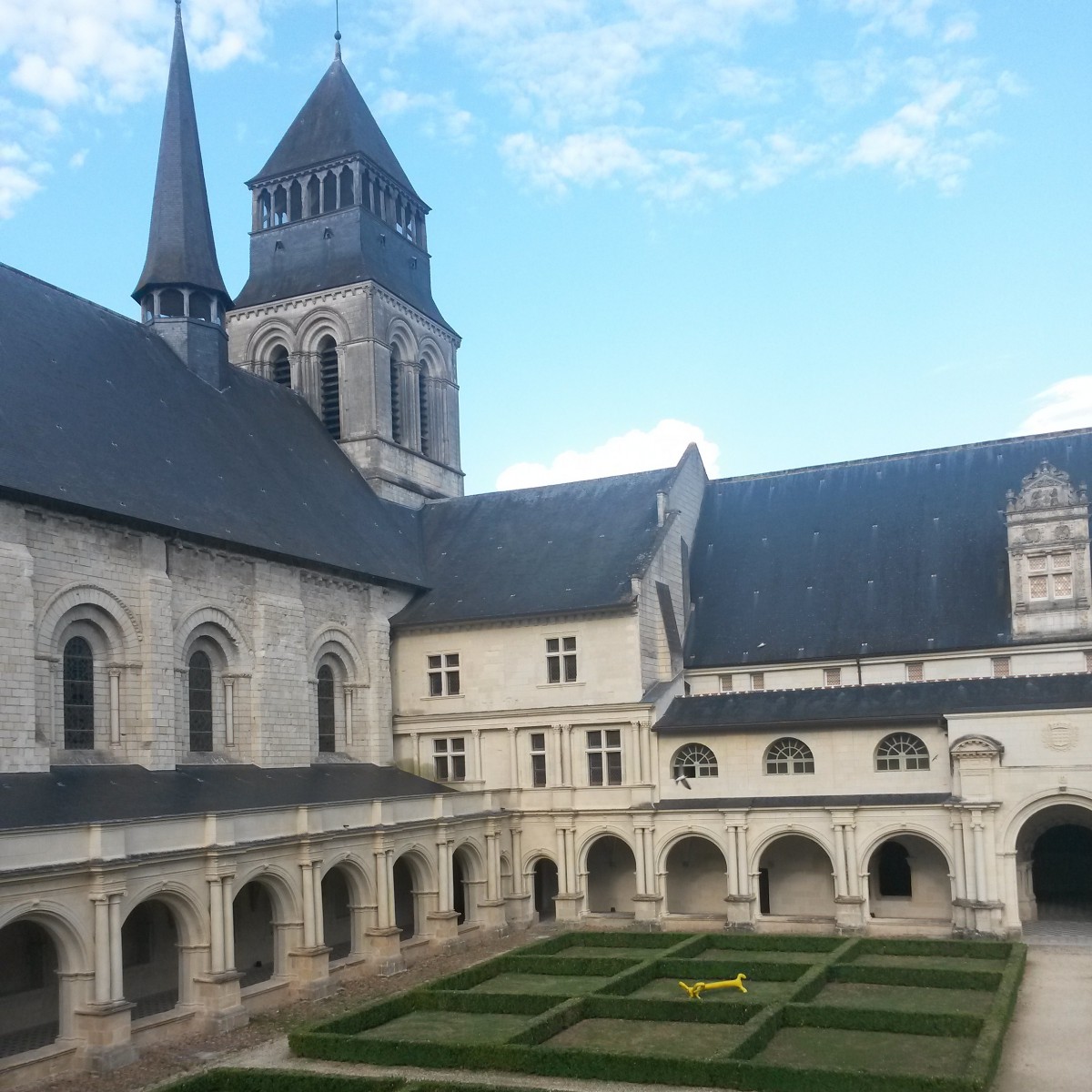Multi-destination events may not always be the most straightforward events to organise. Numerous elements thrown into the mix in large quantities; from travel, to logistics, accommodation, event programme, communication and more. In addition to the event’s formulae, it is essential to remember that the event shouldn’t solely focus on the destinations, and the delegate has to be able to fully enjoy and engage in the journey in-between the destinations too. Above all, it is fundamental to be organised and keep your delegate at the heart of it all.
This is a guest blog post by Jane Jones, Director of Project Management at drp
At drp we produce events for a range of clients in sectors such as automotive, telecoms and retail, to name a few. Each one is different, and similarly so are their aims and their delegates. A multi-destination event may suit one client and simultaneously be a completely unsuitable kind of experience for another. Either way, multi-destination events really have the potential to be exciting, engaging and eclectic experiences for all. However, hosting your delegates in venues a short ten-minute walk from each other, instead of hauling them from location A to location B via a cramped stuffy coach for 7 hours, does make all the difference.
There has to be value in each destination, and a purpose too, otherwise you will leave your delegates (and client) dumbfounded. Why is this destination included? What does it add to the event? Is it doable and achievable? Considering your clients’ aims for the event when selecting the locations is highly valuable. With this in mind, multiple destinations together can offer opportunities that may not have been possible by only having one destination, and this has the potential to impact on the delegates’ overall experience.
What type of events are most suited multi destination formats
There are certain types of events that are perhaps more suited to the multi-destination format. Firstly, and maybe most obviously, there are incentive trips. Incentive trips are usually filled with the intention of indulging and treating the high achievers; transporting them to numerous places offers the chance to have a range of culinary experiences, discover incredible sights, and enjoy adventurous team building activities – how much better can it get? Multi-destinations do cater well to team building days too. It removes any familiarity and can encourage interaction and excite teams.
Another type of event that suits the format well is product launches or, more specifically, automotive sector product launches. In planning the unveiling of a car, the weather for the initial drive may influence its overall impact. Wouldn’t the vehicles look better driving through the French Riviera or Swiss Alps, instead of a wet and windy racing track in the U.K.?
Furthermore, multiple destinations could have an advantageous ability of catering to different objectives and audiences. For instance, a client may require: a huge conference space to host their entire business in a city, a smaller event at head office with interactive breakouts, and a gala dinner in the iconic capital city of London with high-profile celebrities and speakers to lavish their delegates with a VIP experience – all for the same event.
How to make travel between the destinations part of the event experience
As mentioned previously, the experience, whatever it might be, must include the journeys in-between the destinations. How can you make the travel in-between the destinations part of the event experience? Whether it is by car, coach, boat, aeroplane, cable car or train, the delegate should feel energised – not drained by it. Instead of it being a typically mundane step in the day, why not make it the most exciting? Provide engaging activities within it to really stimulate your delegates.

Be astute and utilise the physical attributes of spaces; if there is a river nearby, go on a river trip to and from the destinations. For the duration of the trip, set up a treasure hunt that ties in with your client’s brand, or a photography challenge which involves delegates photographing objects on route (specified on the list they have been given) in order to earn points.
You could also consider branding the transport that is conveying them from A to B, to emphasise it’s not just any train, but it is explicitly their train! Inside, why not brand-up luxury picnic baskets (lunch, or snacks) for the journey too? Branding on transport can even be done on as large a scale as an aeroplane. Don’t just stop at the outside of the plane either. On the inside, bring in branded travel pillows, branded drinks, and staff too! The possibilities are endless.
What group sizes are manageable for multi destination events
The size of a group for multi-destination trips doesn’t have to be an issue, as long as you know what you can manage. What do you physically have the capacity to cope with and still be able to achieve a successful event? At drp, we believe that no group can be too large – anything is possible! We are fortunate enough to have perfected how to be masters of delegate movement.
For large groups, it is possible for anyone to execute it well, so long as the infrastructure is there and you have factored in elements such as a point of call or a help desk if anyone loses the group, as you need to ensure that you know where everyone is at all times. Be wary of disaster management too – always be prepared! On the flip side of this: smaller groups can be slightly easier to control and feel more intimate, so it depends on the client.
What to consider when organising a multi-destination event for the first time
To those who are organising a multi-destination event for the first time, there are a few things to take into consideration:
- Timings – allow time for movement in-between the destinations – and give enough time at the destinations to really enjoy it.
- Be mindful of what you are doing when planning the event; is it doable? Is it enjoyable? Will it enhance the overall event experience?
- Make sure that your delegates do not feel rushed and harassed from place to place? It might sets a negative tone for the day. Limit the time they are moving, and when they are moving, make it engaging for them.
- Be aware that there will always be someone not interested in what is happening. How can you cater to all? For instance, one delegate may love the art gallery tour so much it takes them an hour to do it, whereas another delegate may not enjoy it and finish within 10 minutes. Therefore, in a situation such as this make sure that at the end there is Wi-Fi, refreshments and somewhere to sit. Any delegates who aren’t as keen on art galleries will feel happy too.
- Do not forget to accommodate for the social media moment. When permitted, include hashtags, sharing images and interacting with the delegates.
Are there any apps, tools, websites that planners can suggest when planning multi destination events
There are many apps, tools, and websites available on the market to assist with putting together multi-destination events. drp provide and produce digital delegate management systems, venue searching, website registration pages, and event apps (branded and personalised) and many other systems, all in-house for our teams and our clients. With this, every element of the multi-destination is in-sync and combines to create the best experience for the delegate.
Above all, when organising multi-destination events, communication is vital.
Photo credit: drp




No Comments